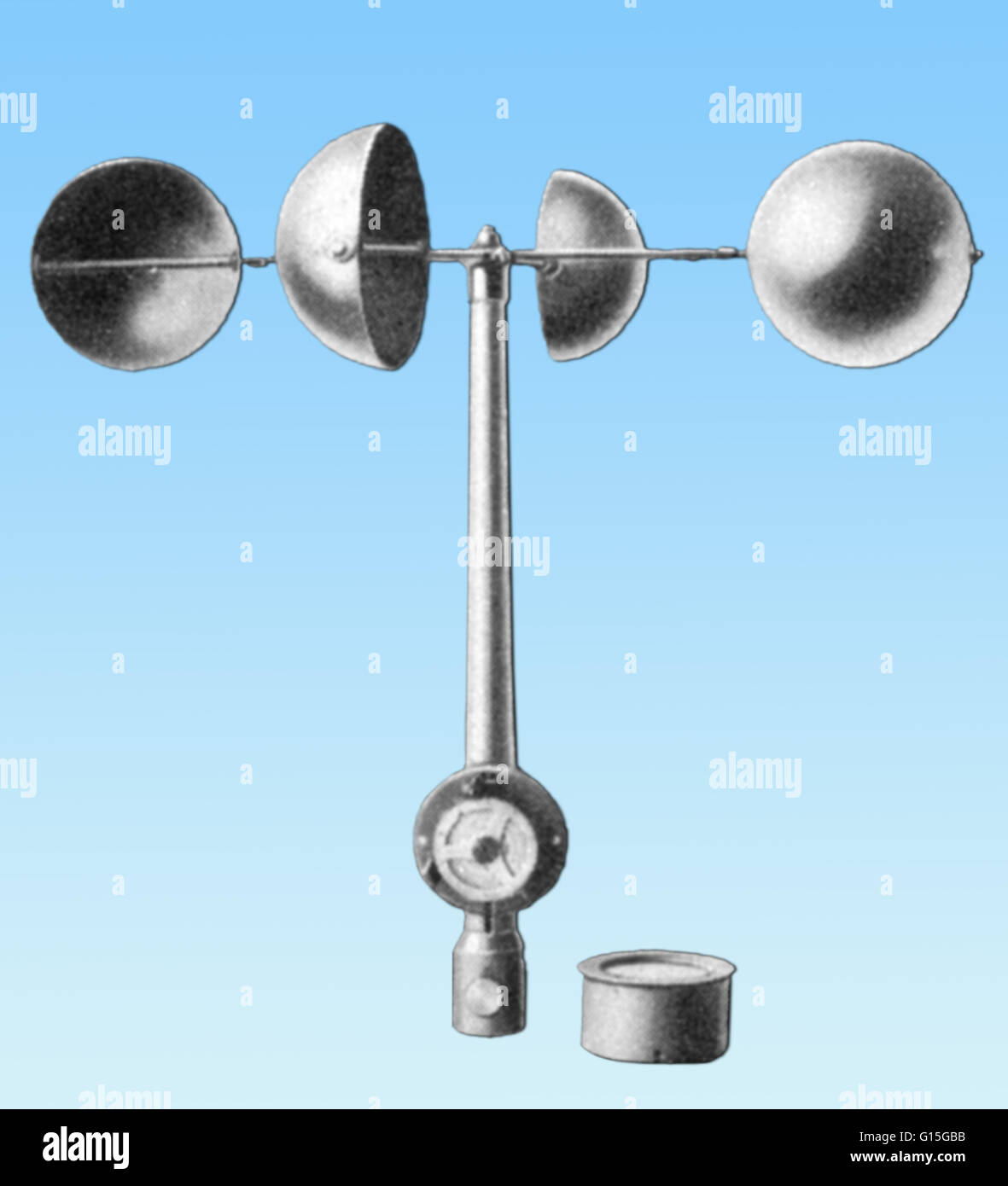Selecting the Right Anemometer: A Comprehensive Acquiring Guide
Anemometers Unveiled: Understanding Their Importance in Environmental Monitoring and Safety Steps
The duty of anemometers in ecological monitoring and precaution is commonly ignored, yet their importance is undeniable. These instruments have a lengthy background rooted in scientific inquiry and technical innovations, advancing to come to be vital tools in various areas. From weather forecasting to air travel safety, anemometers play an essential role in giving precise data that educates decision-making processes and enhances total security. Understanding the details of anemometers reveals a world of critical understandings that are essential to our understanding of the setting and the procedures we take to make certain safety.
History of Anemometers
The evolution of anemometers can be traced back to the old human beings where basic wind determining tools were first utilized. One of the earliest recognized anemometers was the hemispherical cup anemometer developed by Leon Battista Alberti in the 15th century.
In the 18th century, the renowned scientist John Thomas Romney Robinson introduced the Robinson anemometer, which featured four hemispherical cups installed on straight arms that expanded from a main axis. This layout came to be a standard in meteorological measurements due to its accuracy and reliability. Throughout the years, improvements in modern technology brought about the development of more modern-day anemometers, consisting of ultrasonic anemometers and laser Doppler anemometers, using raised accuracy and performance in gauging wind rate and instructions. The history of anemometers showcases an exceptional trip of advancement and development in the field of meteorology.
Sorts Of Anemometers
Throughout the area of weather forecasting, different kinds of anemometers have actually been established to precisely measure wind rate and direction. The most usual kind is the cup anemometer, which is composed of 3 or four cups placed on horizontal arms that turn with the wind. As the cups rotate, the speed at which they rotate is straight proportional to the wind rate. One more widely made use of type is the vane anemometer, which includes a tail or fin that aligns itself with the wind instructions. This positioning allows the tool to identify the wind instructions. Sonic anemometers utilize ultrasonic signals to gauge wind speed and instructions precisely. They are commonly utilized in research applications because of their high precision. Hot-wire anemometers run based upon the principle that the cooling result of wind on a heated cord is proportional to the wind speed. These anemometers are appropriate for determining low wind speeds with high precision. Each kind of anemometer has its toughness and is chosen based upon the specific demands of the monitoring job handy.
Applications in Weather Forecasting
Having talked about the different sorts of anemometers made use of in meteorology for measuring wind speed and direction, it is vital to discover their sensible applications in the area. Anemometers play an important function in weather forecasting by giving accurate and real-time data on wind problems (anemometer). Meteorologists utilize anemometers to keep an eye on wind speed and direction to forecast weather condition patterns, problem warnings for severe weather events like like it storms, tornadoes, and hurricanes, and assess weather for air travel safety
In meteorology, anemometers aid in understanding local and regional wind patterns, which are important for forecasting weather condition modifications and identifying climatic fads. These gadgets are likewise used in study to examine microclimates, urban warmth islands, and air pollution dispersion. In addition, anemometers are utilized in farming to enhance crop monitoring methods, such as irrigation and chemical application, based on wind problems.
Significance in Aviation Safety And Security
An important aspect of making certain air travel safety exists in the meticulous tracking of wind conditions utilizing anemometers. Anemometers play an important role in aeronautics by providing real-time information on wind speed and direction, aiding pilots in making notified choices during flight, liftoff, and touchdown. visit Uncertain and strong winds can dramatically impact airplane procedures, making it vital for aeronautics authorities to depend on exact wind dimensions to guarantee the safety and security of passengers and team.

In the dynamic setting of aviation, where also small modifications in wind rate and direction can have profound results, anemometers stand as important devices for promoting protected and risk-free flight.
Function in Environmental Research Study
Anemometers play an essential role in environmental research by offering vital data on wind speed and direction. By accurately measuring wind qualities, anemometers help researchers evaluate the activity of contaminants in the air, assess the impact of industrial exhausts, and anticipate the spread of impurities in the environment.


Final Thought
In final thought, anemometers have actually played an important duty in environmental tracking and safety measures. Comprehending the significance of anemometers is vital for properly determining wind rate and direction, which is important for anticipating weather patterns, making certain safe air travel procedures, and carrying out ecological studies.
One of the earliest recognized anemometers was the hemispherical cup anemometer designed by Leon Battista Alberti in the 15th century. Over the years, innovations in modern technology led to the advancement of more modern-day anemometers, consisting of ultrasonic anemometers and laser Doppler anemometers, providing boosted accuracy and performance in determining wind rate and instructions. Hot-wire anemometers run based on the concept that the cooling impact of wind on a warmed cable is symmetrical to the wind rate. Meteorologists make use of anemometers to monitor wind rate and instructions to forecast weather condition patterns, problem warnings for extreme weather events like hurricanes, cyclones, and tornados, and analyze atmospheric conditions for aeronautics safety.
Recognizing the importance of anemometers is important for accurately gauging wind speed and instructions, which is vital for anticipating weather patterns, ensuring risk-free aviation procedures, and performing ecological studies. (anemometer)